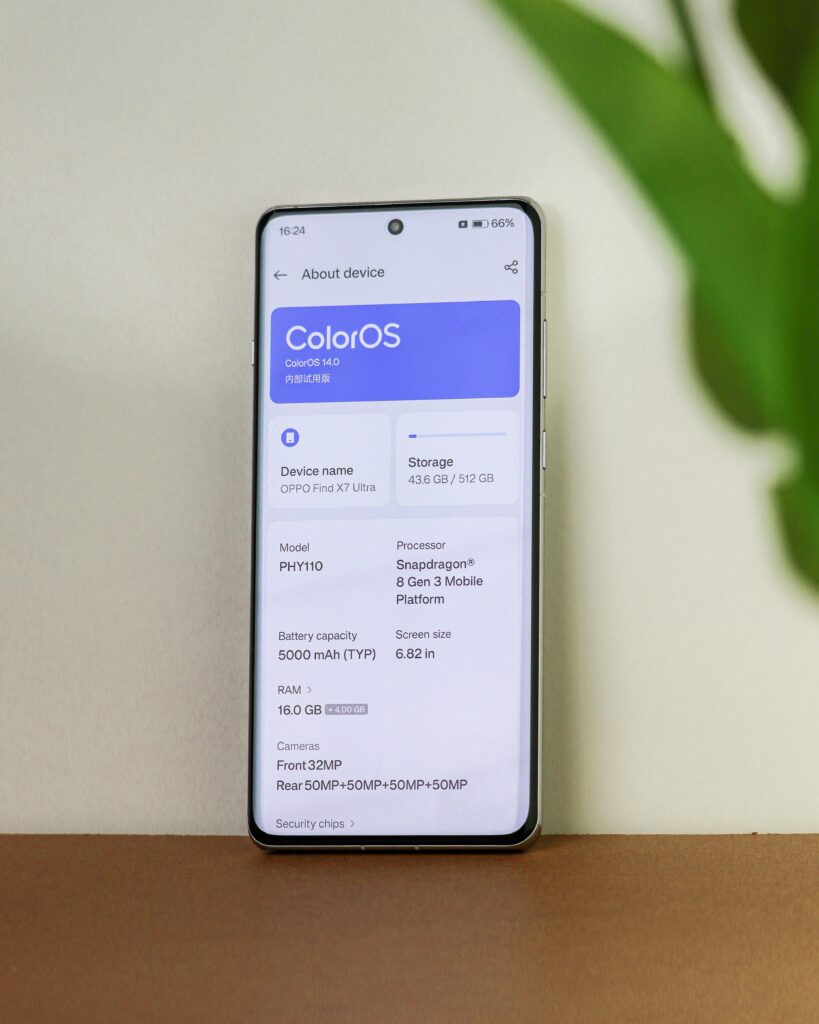In the article “Are LFP Batteries Affected By Temperature?” you’ll explore the fascinating world of lithium iron phosphate (LFP) batteries and how temperature variations can impact their performance and longevity. You’ll uncover the science behind these robust energy storage solutions and gain insights into the optimal conditions for maintaining their efficiency. Whether you’re an electric vehicle enthusiast or just curious about battery technology, this friendly and informative guide is here to help you understand the critical role that temperature plays in the reliability of LFP batteries. Have you ever wondered how temperature affects LFP batteries? If so, you’re not alone. Lithium iron phosphate (LFP) batteries are a popular choice for many applications due to their safety, longevity, and environmental friendliness. But like all battery types, they are not immune to the effects of temperature. Let’s delve into how temperature impacts these batteries and what you can do to mitigate any potential problems.

Understanding LFP Batteries
Before we dive into the effects of temperature, it’s essential to understand what LFP batteries are. LFP stands for lithium iron phosphate, commonly used in lithium-ion battery chemistry. They are known for their thermal stability, long cycle life, and safety. Unlike other lithium-ion batteries, LFP batteries use iron phosphate as the cathode material, which is less prone to overheating and thermal runaway.
Key Features of LFP Batteries
| Feature | Description |
|---|---|
| Thermal Stability | High resistance to overheating and thermal runaway |
| Longevity | Can last up to 2,000 to 5,000 cycles |
| Safety | Less likely to catch fire or explode compared to other lithium-ion batteries |
| Environmental Impact | More environmentally friendly due to the absence of cobalt |
| Cost | Generally more affordable in the long run |
These features make LFP batteries an excellent choice for various applications, including electric vehicles (EVs), energy storage systems, and portable electronics. However, like all technologies, they have their own set of challenges.
The Science of Temperature Effects
Temperature can significantly impact the performance, longevity, and safety of LFP batteries. Let’s break it down further.
Performance Impact
The performance of an LFP battery can vary depending on the ambient temperature. At optimal temperatures (usually around 25°C or 77°F), these batteries perform at their best. However, deviations from this temperature range can lead to a noticeable decline in performance.
Cold Temperatures
Low temperatures can severely reduce the battery’s capacity and efficiency. The chemical reactions inside the battery slow down, leading to reduced energy output. This is because the electrolyte becomes more viscous, and ion mobility is hindered.
Table: Performance Effect of Cold Temperatures
| Temperature (°C) | Capacity Retention (%) |
|---|---|
| 25°C | 100% |
| 0°C | ~80% |
| -10°C | ~50% |
| -20°C | ~30% |
Hot Temperatures
On the flip side, high temperatures can also negatively affect LFP batteries. Increased temperatures accelerate chemical reactions, which might sound beneficial, but can actually lead to faster degradation of the battery components. This reduces the battery’s lifespan and can even pose safety risks.
Table: Performance Effect of Hot Temperatures
| Temperature (°C) | Capacity Retention (%) |
|---|---|
| 25°C | 100% |
| 35°C | ~95% |
| 45°C | ~85% |
| 60°C | ~70% |
Longevity and Cycle Life
The cycle life of an LFP battery can be dramatically influenced by temperature. Continuous exposure to extreme temperature conditions can shorten the number of charge and discharge cycles the battery can undergo.
Cold Temperatures
Prolonged exposure to cold temperatures can lead to what is known as “capacity fade,” where the overall capacity of the battery diminishes over time. This happens because the cold environment can cause micro-cracks in the battery’s structure, inhibiting its ability to hold a charge.
Hot Temperatures
High temperatures can accelerate the formation of solid electrolyte interphase (SEI) layers on the anode. While a thin SEI layer is essential for battery operation, too thick a layer can impede ion movement and decrease battery efficiency. This results in a lower cycle life and, in extreme cases, can lead to thermal runaway.
Safety Concerns
One of the main advantages of LFP batteries is their safety profile. However, temperature extremes can compromise this.
Cold Temperatures
While cold temperatures might not pose immediate safety risks, the structural integrity degradation can eventually lead to short circuits and potential risks over time.
Hot Temperatures
Extended exposure to high temperatures can lead to thermal runaway, even in LFP batteries that are generally considered safer than other types. Thermal runaway is a self-sustaining reaction where the battery generates heat faster than it can be dissipated, potentially leading to fires or explosions.
Mitigating Temperature Effects
Knowing that temperature affects LFP batteries, it’s essential to adopt strategies to mitigate these effects. Let’s explore some best practices.
Monitoring and Management Systems
One effective way to ensure that your LFP batteries operate within a safe temperature range is by using Battery Management Systems (BMS). A BMS can monitor crucial parameters such as temperature, voltage, and current, offering real-time data to manage the battery’s performance effectively.
Insulation and Thermal Regulation
For applications in cold climates, insulation techniques can help maintain the battery’s temperature within an optimal range. Conversely, for hot climates, cooling systems like fans or liquid cooling can be integrated.
Smart Charging Practices
Charge your LFP batteries in an environment with a stable temperature. Avoid charging in extreme cold or hot conditions whenever possible. Also, slow charging is more favorable in maintaining battery health compared to fast charging, which generates more heat.
Storage Solutions
When storing LFP batteries for extended periods, ensure they are kept in a cool, dry place. A temperature-controlled environment can prolong the shelf life and readiness of the battery when it is eventually needed.
Regular Maintenance
Perform routine checks and maintenance on your LFP batteries, especially if used in critical applications. Look out for signs of wear and tear, and ensure the connections are secure. This can help identify potential issues before they become critical.
FAQs About LFP Batteries and Temperature
To make matters even clearer, let’s address some frequently asked questions.
Q: What is the ideal operating temperature for LFP batteries?
The ideal operating temperature for LFP batteries is typically around 25°C (77°F).
Q: Can LFP batteries operate below freezing temperatures?
Yes, LFP batteries can operate below freezing temperatures but with reduced efficiency and capacity. Special insulation and heating methods may be required for optimal performance.
Q: Does rapid charging affect the temperature of LFP batteries?
Yes, rapid charging generates more heat, which can adversely affect the battery’s lifespan and safety. It is advisable to use slower charging methods whenever possible.
Q: Is it safe to store LFP batteries in my car during hot summer days?
Storing LFP batteries in hot environments like a car can be detrimental. High temperatures can accelerate degradation and potentially lead to safety issues.
Q: Are there any specific manufacturers who provide temperature-resistant LFP batteries?
Several manufacturers offer advanced LFP batteries with enhanced temperature resilience. Always check the specifications and consult with the manufacturer to choose the best option for your application.

Conclusion
By understanding the impact of temperature on LFP batteries, you can take steps to ensure that they perform optimally and have a long lifespan. While LFP batteries offer numerous advantages like safety, longevity, and environmental benefits, they are still susceptible to temperature extremes. Whether you are using these batteries for electric vehicles, energy storage systems, or any other application, the key to maximizing their potential lies in effective temperature management.
If you keep your LFP batteries within their ideal temperature range and adopt best practices for storage, charging, and maintenance, you can significantly enhance their performance and safety. So the next time you wonder, “Are LFP batteries affected by temperature?” you’ll know that the answer is a resounding “Yes,” but it’s a challenge that can be managed with the right strategies.

